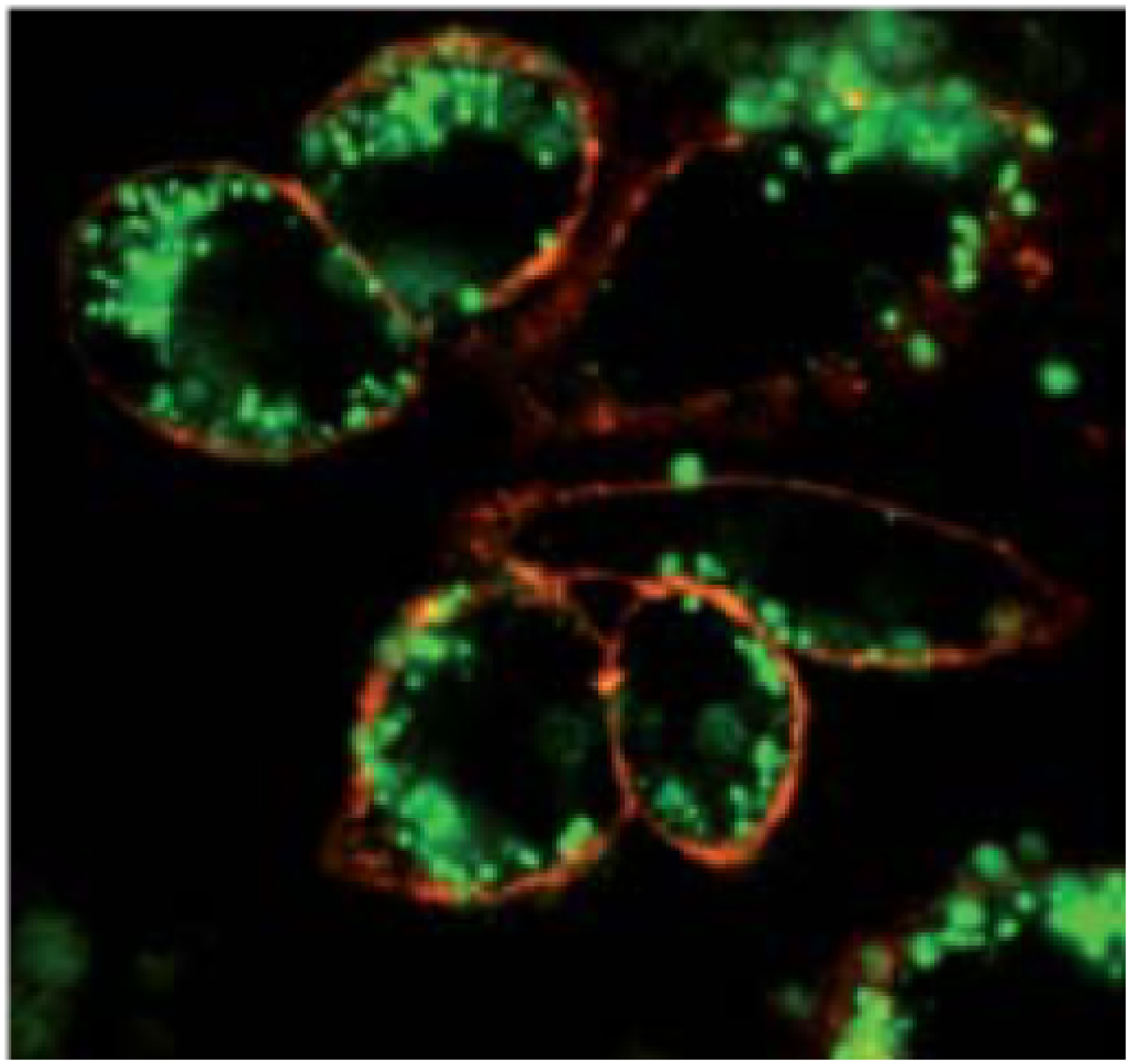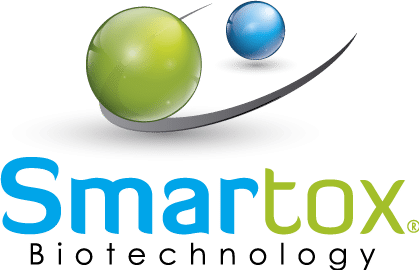Custom peptide toxin
Fluorescent labeling, biotin Tag and other labels
Peptide toxins are naturally complex peptides due to the presence of multiple disulfide bridges and possible long amino acid sequences. Therefore, they require a particular expertise to be synthesized and modified. For instance, sequence modification at N- or C- Terminus may hamper proper folding and disulfife bridging. The complex structure of toxins is however essential for their binding affinity. Addition of a label can lead to a decrease of peptide affinity for its membrane receptor. Smartox Biotechnology has the ability to label the compound at a single defined position according to published structure-function data or your own data and can advise youin your peptide labeling desire in order to keep it functionnal.

Smartox Biotechnology can label peptide toxins with fluorescent dyes in order to use the end product as markers of channel expression and distribution in intact cells using confocal microscopy or in flow cytometry experiments.
- Fluorescent dyes commonly used are FAM (λex 492 nM, λem 517 nM) and TAMRA (λex543 nM, λem 572 nM).
- Other dyes can be used such as ATTO dyes, cyanines, Dabcyl…
Synthesis of toxin analogs
Smartox Biotechnology can manufacture analogs of peptide toxins for your research programs in a short time frame. Simple mutations can be performed as well as complete alanine scans. Alanine scans are useful to identify residues that play a key role in toxin activity. In this procedure, alanine, the smallest chiral natural amino acid, is used to substitute residues at each position of the original peptide.
